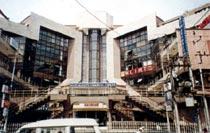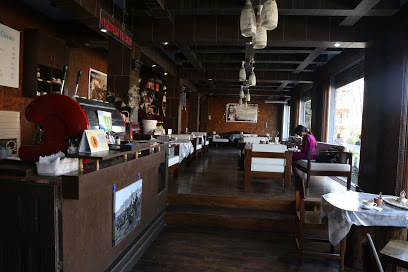

नेपाल सरकार
संस्कृति, पर्यटन तथा नागरिक उड्डयन मन्त्रालय
सिंहदरवार, काठमाण्डौ

Butwal Fun Park
It is awesome fun park located in butwal, in Rupandehi district of Province no. 5. It is awesome fun park located in butwal, in Rupandehi district of Province no. 5.

Wonderland water park
This water park lies in Nepalgunj, in Banke district of Province no. 5. This water park lies in Nepalgunj, in Banke district of Province no. 5.

Red Sun Fun Park
This fun park lies in Siddharthanagar, in Rupandehi district of Province no. 5. This fun park lies in Siddharthanagar, in Rupandehi district of Province no. 5.

View Cinemas
It is one of the best cinema hall located in butwal, in Rupandehi district of Province no. 5.
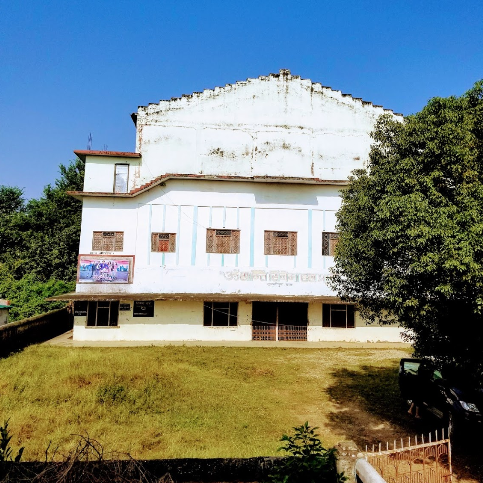
OM Shanti Cinema
This cinema hall is located in Tulsipur, in Dang district of province no. 5. This cinema hall is located in Tulsipur, in Dang district of province no. 5.

Tiger Palace Resort
This is 5-star hotel with a facility of casino and you can play different games. The biggest Casion in South East Asia with the capacity of above 300 persons at a time. It offers three distinct gaming zones, a sports betting facility and a performance stage and bar, there’s a fun-packed venue for all levels of player, including a separate VIP area above the main gaming floor for seasoned high-stakes players. It is located in bhairahawa (Siddharthanagar), in Rupandehi district of Karnali Pradesh.

Lumbini
"Lumbini is the Buddha's birthplace, one of the world's most important spiritual sites and attracts Buddhist pilgrims from around the world. Today you can visit over twenty-five Buddhist monasteries built by diverse countries from Vietnam to France, study Buddhism, meditate and visit the birthplace within the sacred Mayadevi Gardens.Mayadevi Temple is the most sacred site in the Lumbini Garden where archaeologists have identified the exact spot where Lord Buddha was born. Inscriptions on the Ashoka Pillar nearby also refer to the spot as his birthplace. It is said that the newly born Prince Siddhartha (later became the Buddha) took his first seven steps and delivered his peace message to humanity here. The birth took place in the beautiful Sal grove, which is now the focal point of the Lumbini Garden. Mayadevi, the Queen of Shakya King Suddhodhana of Kapilvastu, while passing through the Lumbini Garden, on the day of Baishakha Purnima (full moon day of May in 623 BC) took a bath in

Rani Mahal
"The Rani Mahal in Palpa, or Ranighat Palace, is often referred to as the “Taj Mahal of Nepal.” Although it doesn’t resemble the famous Taj Mahal visually, it does have a similar back story full of love and determination. This palace is built along the Kali Gandaki River in the Palpa District of Nepal. At the time it was built (in 1893), the palace was isolated in the middle of nowhere. Now, it’s becoming a tourist destination for those who want to witness loves bounds. Rani Mahal translates to “queens palace” and was built by the General of Palpa, Khadga Shumsher. He had more than one wife, but his youngest and favorite wife was named Tej Kumari. Her last wish before she passed was to have a Durbar built in her memory. Thus began the creation of the Rani Mahal. After his wife passed, he searched several locations looking for the perfect place to build. He stumbled upon the current site, but there was no way to reach it at the time other than by foot. There was also a large cliff that
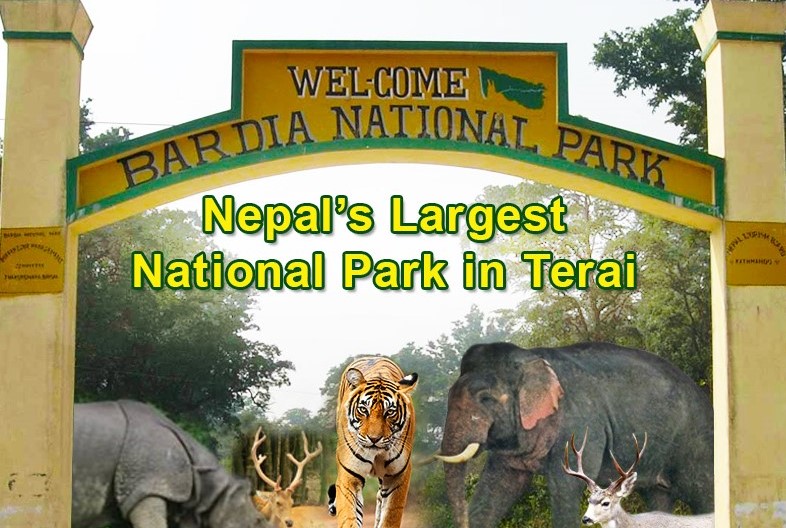
Bardiya National Park
"Bardiya National Park is a protected area in Nepal that was established in 1988 as Royal Bardia National Park. Covering an area of 968 km2 (374 sq mi) it is the largest and most undisturbed wilderness area in Nepal's Terai, adjoining the eastern bank of the Karnali River in the Bardiya District. The northern limits of the protected area are demarcated by the crest of the Siwalik Hills. The Nepalgunj-Surkhet highway partly forms the southern boundary, but seriously disrupts the protected area. Natural boundaries to human settlements are formed in the west by the Geruwa, a branch of the Karnali River, and in the southeast by the Babai River. Together with the neighboring Banke National Park, the coherent protected area of 1,437 km2 (555 sq mi) represents the Tiger Conservation Unit (TCU) Bardia-Banke that extends over 2,231 km2 (861 sq mi) of alluvial grasslands and subtropical moist deciduous forests."

Palpa Trek
The moderate weather of this pristine peace of earth offers trekking in this region throughout the year. Dhaulagiri, Annapurna, Manaslu, Gauri Shankar and other peaks can be seen when the days are clear. Dhaka - the most popular hand woven cloth of Nepal has its origin in Tansen. The Nepali topi (national cap) is made of Dhaka and one can find weavers at work on their looms.Balanced on the lap of the spectacular Srinagar Danda (hill), Tansen boasts a gorgeous panorama of the Himalayas as well as the plains of Terai.Shreenagar Hill is another attraction of this trek. It is one of the most picturesque spots in the whole Palpa regionAmar Narayan Temple is the next attraction of this trek. Built in 1807 AD by Amar Singh Thapa, the temple of Amar Narayan is considered an important landmark of Tansen. It is built in typical Nepali Pagoda style. It is famous for its historical and architectural significance.

Kapilavastu Palace Temple
This is buddhist temple which lies in Tilaurakot, in Kapilvastu district of Province no. 5.
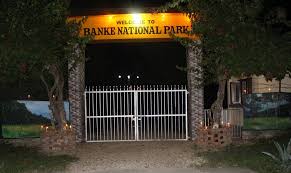
Bankee National Park
In line with the commitment made by the Government of Nepal to the international community for the conservation of tigers, 550 sq. Km. Banke National Park has been established as the tenth national park of Nepal including the region. The eastern boundary of the park is Shivkhola, West Kohalpur-Surkhet Highway, North Chure Mountain and South East-West Highway. The park is an important habitat for tigers and elephants. As the park is connected to Bardia National Park in the west, it is a very important habitat for large wildlife.

Guerilla Trek
Foreign tourists are flocking to the hilly villages of Rukum. Even though the Nepal Tourism Board opened the route by placing 'Guerrilla Trek' as a new tourist destination three years ago, the number of foreign tourists has started increasing. Although two routes have been identified to promote tourism in RolpaRukum, the cradle of the Maoist People's War, the tourist attraction has increased as the route between Rolpa and East Rukum is a bit shorter. Although the number could not be ascertained as some tourists come with information and some tourists come without giving information, the number of tourists coming on guerrilla trek has increased recently. The main tourist attraction is the guerrilla route. At the same time, important tourist areas like Jaljala and Dhorpatanak are also on this route, so the number of foreign tourists is increasing.

Dhorpatan-Naikot-Phoksundo Trali
East Rukum is a religious and historical district with mountain ranges and beautiful hills. Rukum district, which is considered as the place of origin of the ten-year people's war, is now developing at a rapid pace. The number of foreign tourists is increasing as Dhorpatan Maikot Sheyphoksundo tourist route also falls on this route.

Guerilla Trek
Foreign tourists are flocking to the hilly villages of Rukum. Even though the Nepal Tourism Board opened the route by placing 'Guerrilla Trek' as a new tourist destination three years ago, the number of foreign tourists has started increasing. Although two routes have been identified to promote tourism in RolpaRukum, the cradle of the Maoist People's War, the tourist attraction has increased as the route between Rolpa and East Rukum is a bit shorter. Although the number could not be ascertained as some tourists come with information and some tourists come without giving information, the number of tourists coming on guerrilla trek has increased recently. The main tourist attraction is the guerrilla route. At the same time, important tourist areas like Jaljala and Dhorpatanak are also on this route, so the number of foreign tourists is increasing.
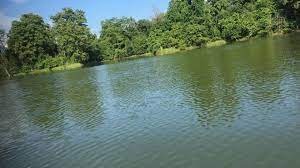
Satkhaluwa Taal

Jakhera Tal
Jakhera Lake based in Lamahi Municipality-5 of Dang — a district lying in the lap of Chure Hills — is gradually gaining popularity as a destination for tourists. The mind-blowing scenic beauty of Jakhara Lake, which is at the bottom of the Chure Hills, has attracted the attention of domestic and foreign tourists. Besides, the green forest area along the east-west border has also added touristic value of the lake. Around 200 to 300 domestic and foreign tourists are turning up here daily to observe the lake and enjoy jungle safari as well as to enjoy a picnic, shared Om Bhagat Chaudhary, an employee of Jakhera Lake Conservation Committee. The lake, stretched over 5.5 bigha of land, is surrounded by forest. It is six-feet deep. There is a temple of Lord Ganesh to its north and Siddeshwar Mahadev Temple its east.

Jyamire Lake

Syarpu Lake

Arjewa Jharna

Grace Church, Nepalgunj
Nepalgunj

Tourism
Tourism is travel for pleasure or business also the theory and practice of touring, the business of attracting, accommodating, and entertaining tourists, and the business of operating tours The World Tourism Organization defines tourism more generally, in terms which go beyond the common perception of tourism as being limited to holiday activity only. as people traveling to and staying in places outside their usual environment for not more than one consecutive year for leisure and not less than 24 hours, business and other purposes.Tourism can be domestic (within the travellers own country) or international, and international tourism has both incoming and outgoing implications on a countrys balance of payments.

Health
What Is the Healthcare Sector? The healthcare sector consists of businesses that provide medical services, manufacture medical equipment or drugs, provide medical insurance, or otherwise facilitate the provision of healthcare to patients.

Religious and Historical
The history of religion refers to the written record of human religious feelings, thoughts, and ideas. ... The prehistory of religion involves the study of religious beliefs that existed prior to the advent of written records. One can also study comparative religious chronology through a timeline of religion.

Entertaintment
Entertainment is a form of activity that holds the attention and interest of an audience or gives pleasure and delight. It can be an idea or a task, but is more likely to be one of the activities or events that have developed over thousands of years specifically for the purpose of keeping an audiences attention.

Financial
Finance is defined as the management of money and includes activities such as investing, borrowing, lending, budgeting, saving, and forecasting. ... This guide provides an overview of how public finances are managed, what the various components of public finance are/government.
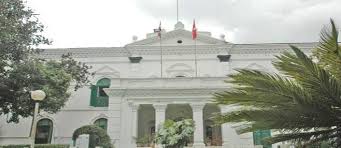
Municipality office
Municipal office means the place designated by the governing body to receive applications for service, receive payments of water bills and where public notices and notices of discontinuance of service are generated and posted, i.e. Hinesburg Town Hall.

Hospitality
Hospitality is an industry that includes spas, lodges, continental breakfast areas, resorts, ships, hotels, and RV parks meeting rooms. This area is related to the provision of all required facilities to customers, including accommodation and food. ... Organizing meetings.

Transportation
Transportation, the movement of goods and persons from place to place and the various means by which such movement is accomplished. The growth of the ability—and the need—to transport large quantities of goods or numbers of people over long distances at high speeds in comfort and safety has been an index of civilization and in particular of technological progress.

Rukum East
the description for Rukum Eastgoes here
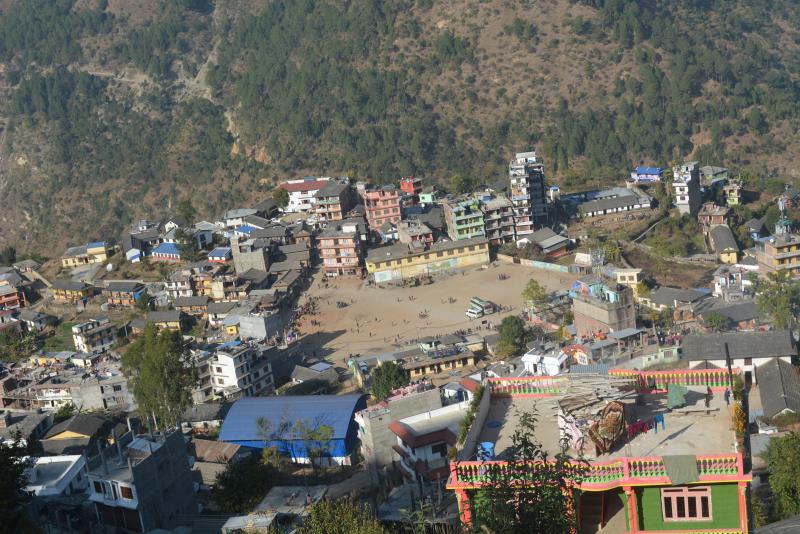
Rolpa
Palpa District Nepali: a part of Lumbini Province, is one of the seventy-seven districts of Nepal, a landlocked country of South Asia. The district, with Tansen Municipality as its headquarters, covers an area of 1,373 km² (530 sq mi) and has a population (2011) of 261,180
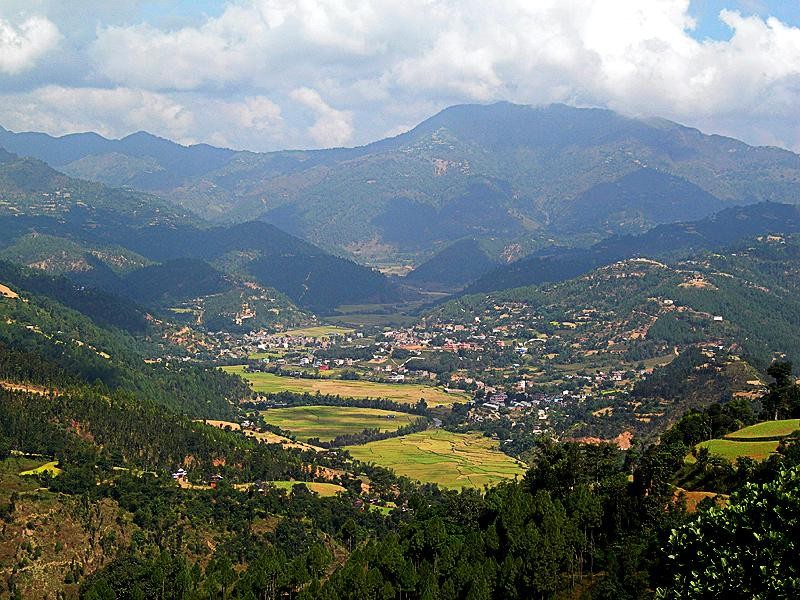
Pyuthan
Pyuthan is a municipality in the Pyuthan District in the Lumbini Province of Nepal. It is also the District Headquarter and the administrative center of district
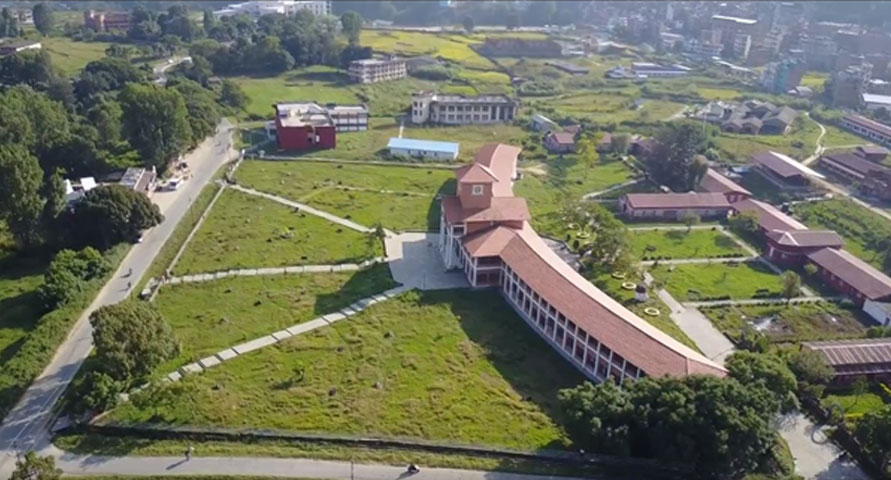
Gulmi
Gulmi District, a part of Lumbini Province, is one of the seventy-seven districts of Nepal. The district, with Tamghas as its headquarters, covers an area of 1,149 km², had a population of 296,654 in 2001, 280,160 in 2011 and 268,597 in 2016.

Arghakhanchi
Arghakhanchi is one of the districts of Lumbini Province in Nepal. The district headquarter is Sandhikharka. The district covers an area of 1,193 km² and has a population of 197,632. Its neighboring districts are Palpa in the east, Gulmi in the north, Kapilvastu District in the south and Pyuthan in the west
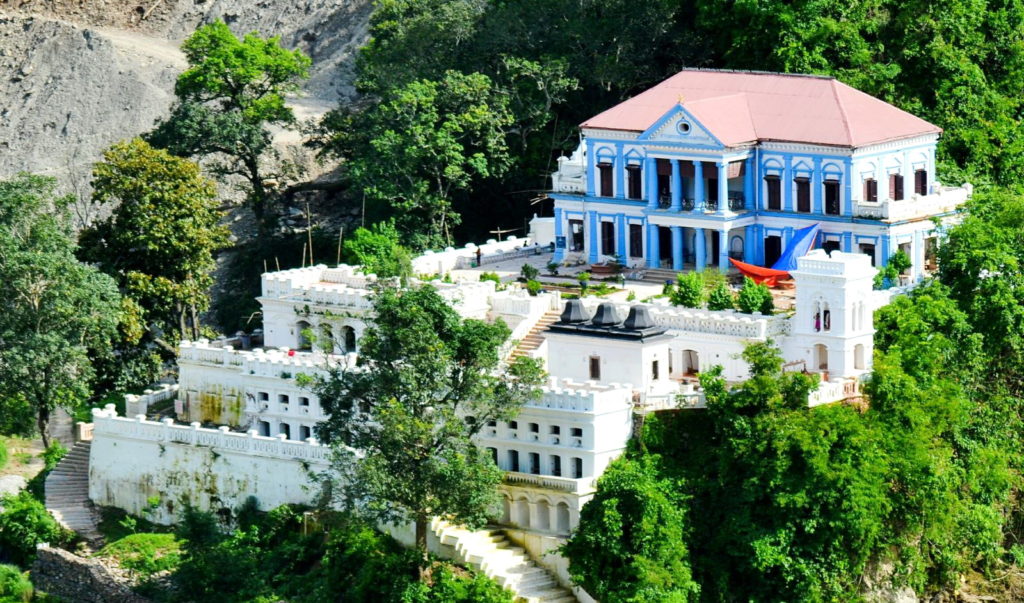
Palpa
Palpa District Nepali: a part of Lumbini Province, is one of the seventy-seven districts of Nepal, a landlocked country of South Asia. The district, with Tansen Municipality as its headquarters, covers an area of 1,373 km² (530 sq mi) and has a population (2011) of 261,180

Nawalparasi West
Nawalpur or is a district located in Gandaki Province of Nepal. It is 1 out of 11 districts of Gandaki Province. The headquarter of the district is Kawasoti.

Rupandehi
Rupandehi District, a part of Lumbini Province, is one of the seventy-seven districts of Nepal and covers an area of 1,360 km². The district headquarter is Bhairahawa. As per the national census 2011, the population of Rupandehi was 880,196

Kapilbastu
Kapilvastu is a municipality and administrative center of Kapilvastu District in Lumbini Pradesh of southern Nepal. The municipality is located roughly 25 kilometres to the south-west of Lumbini, a UNESCO World Heritage Site and the birthplace of Gautama Buddha.
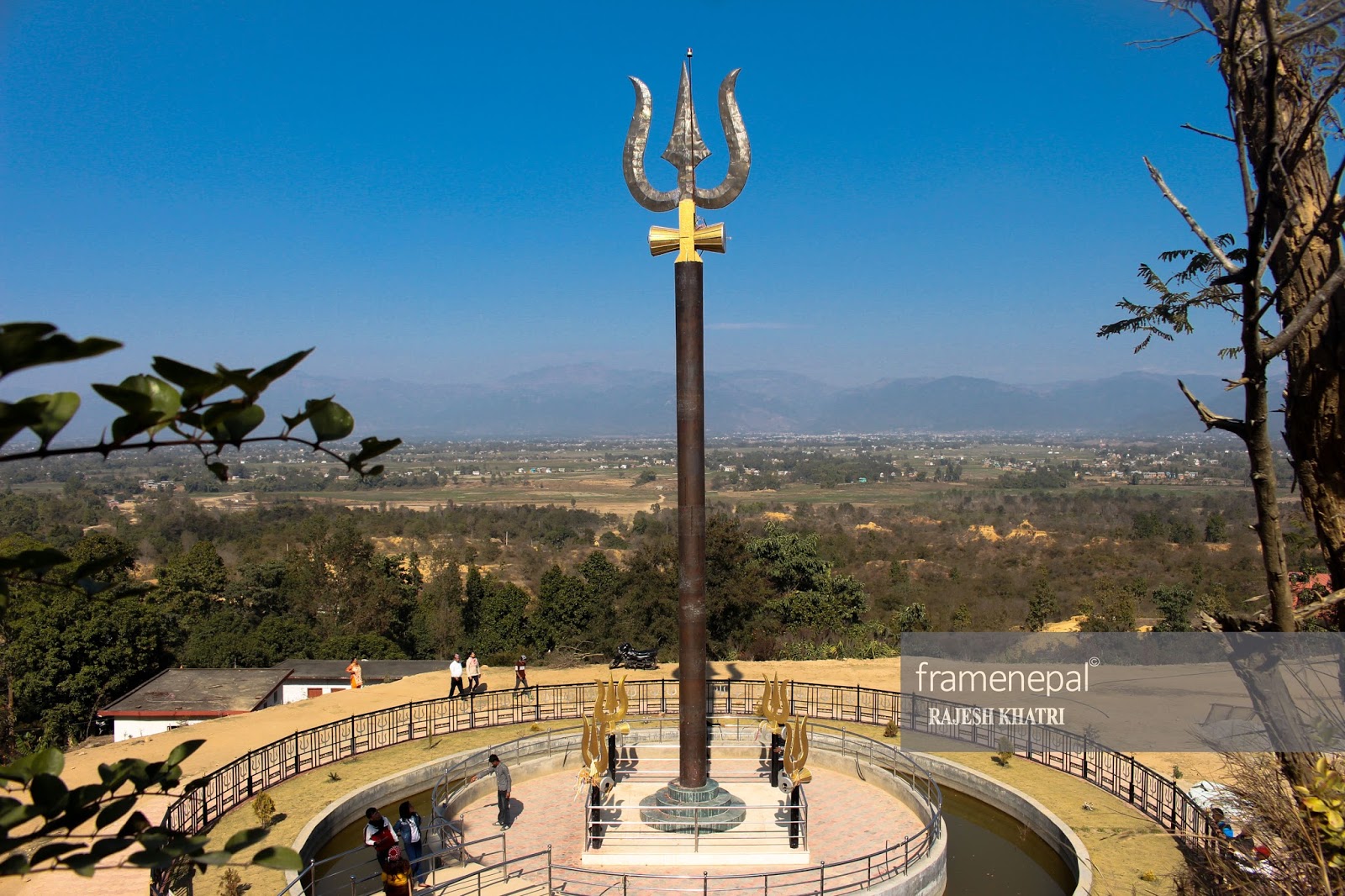
Dang
Dang District is a district of Lumbini Province located in the Inner Terai of midwestern Nepal. Deukhuri valley of the district is the capital of the province and is the second largest valley of Asia surrounded by Sivalik Hills and Mahabharata Range.

Banke
Banke District 902 sq mi) and had a population of 385,840 in 2001 and 491,313 in 2011. There are three main cities in the Banke District: Nepalganj, Kohalpur and Khajura Bajaar.

Bardiya
Bardiya District, one of the seventy-seven Districts of Nepal, is part of Lumbini Province of Nepal. The district, with Gulariya as its headquarters, covers an area of 2,025 km² and according to the 2001 census the population was 382,649 in 2011 it has 426,576.
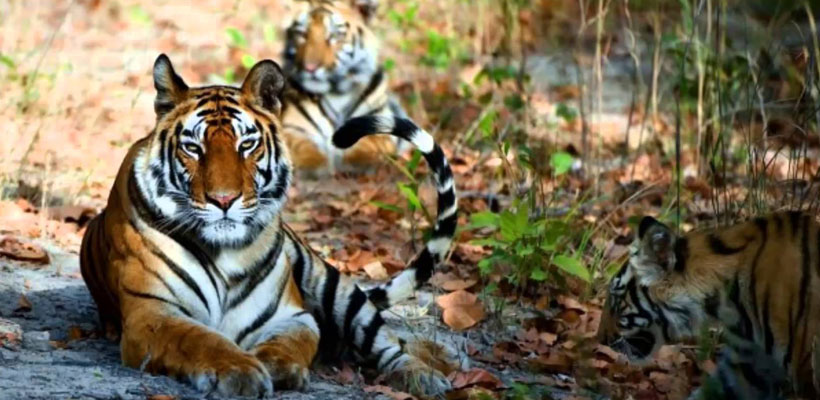
Name_official
Bardiya National park is the largest national park in the lowland Terai covering an area of 968 sq.km. The park situated in Nepal's Western Terai was established for protecting the representative ecosystems and conserving the habitat of tiger and its prey species. Initially, a small area was gazetted as the Karnali Wildlife Reserve in 1976. At that time, 1500 households of the Babai valley were relocated outside the park allowing the vegetation and wildlife to flourish. In 1982, it was renamed as Bardiya Wildlife Reserve, and in 1984 it was extended to its current size. The reserve was given the status of a National Park in 1988. Greater One-horned Rhinoceros were translocated from Chitwan National Park to Bardia National Park in 1986, 1991, 1999, 2000, 2001 and 2002. In 1997, an area of 327 km2 surrounding the park was declared as a buffer zone, which consists of forests and private lands. The park and local communities jointly manage the buffer zone. Together they initiate community development activities and manage natural resources in the buffer zones. An elephant ride provides a different view of the park as one can go off the main trail, Morning and late afternoon is the ideal time to go on a ride. Karnali river is the suitable home for Gangetic dolphin. Babai valley is a majestic place to visit where flagship Rhino, tiger, and elephant can be cited in the wilderness site.




_Mall_919.jpg)
